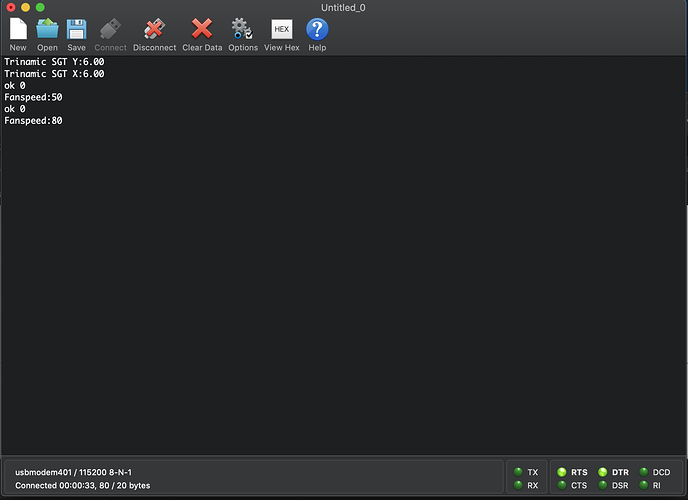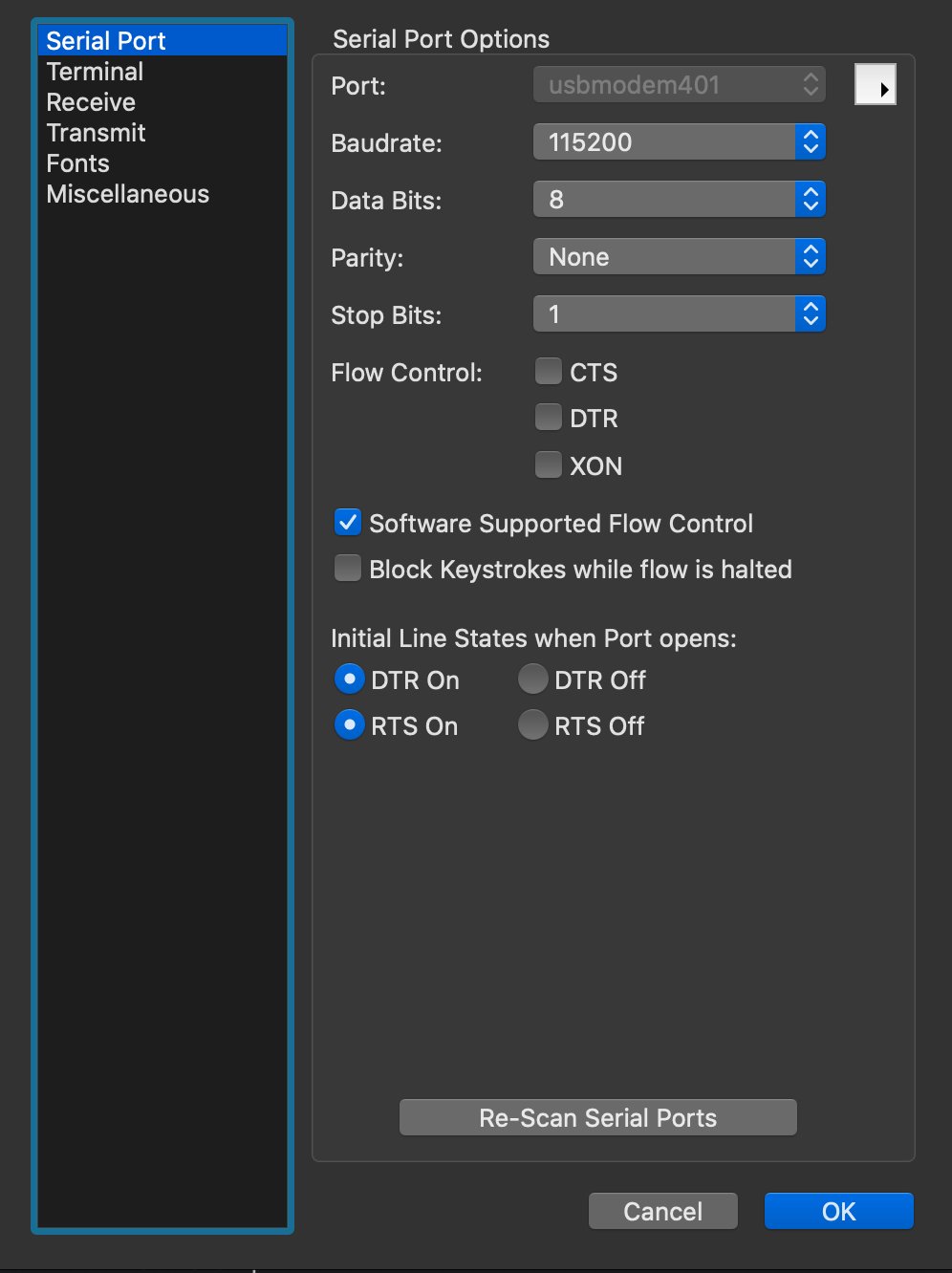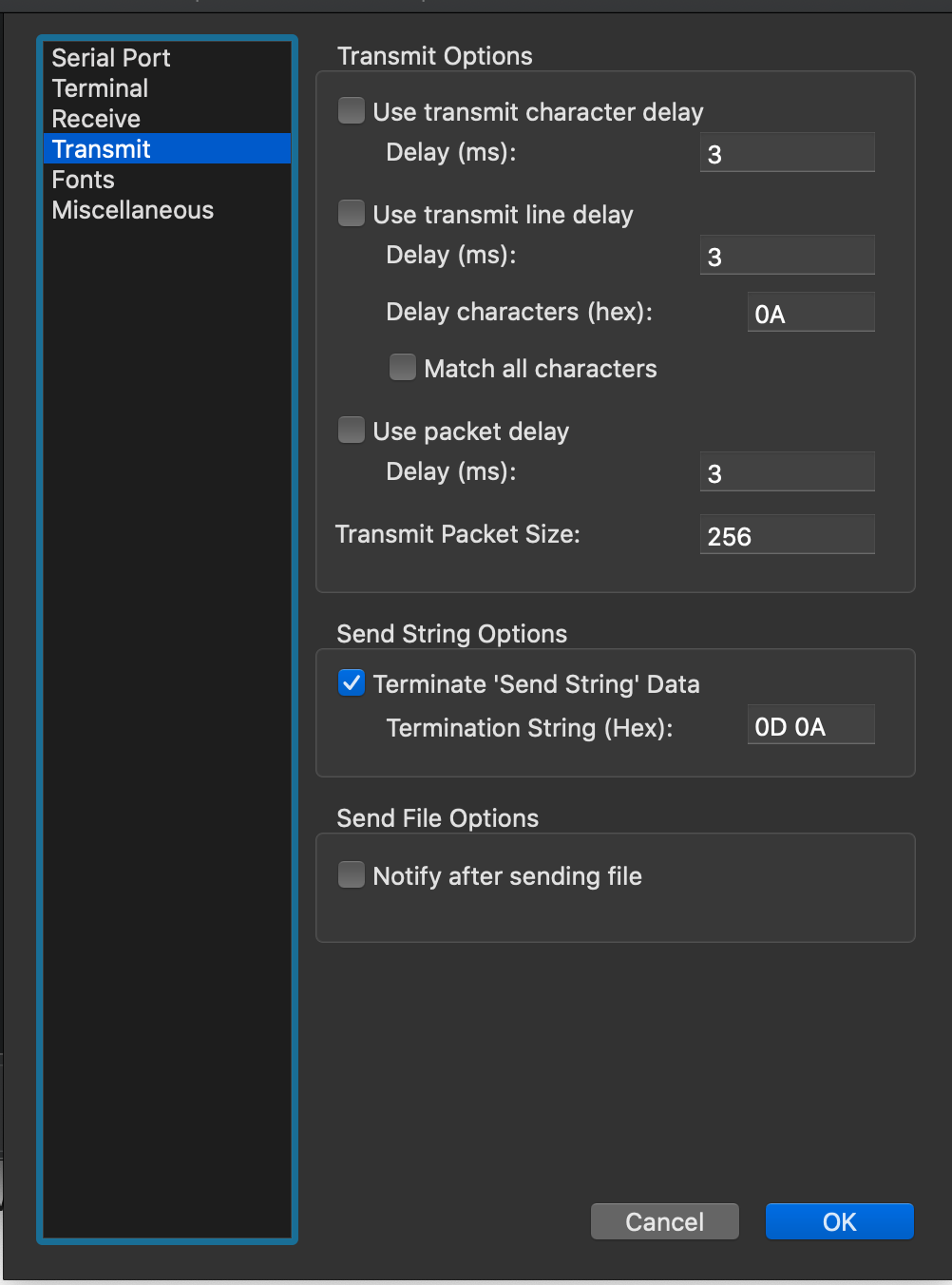Google Search of the term Hacking Joto pointed to a section of this forum named Hacking & Mods. Sadly its either been removed or more appropriately hidden to keep malicious issues minimized.
I’m looking for information on transferring files and initiating jots of those files from the command line.
I’ve recently begun working with GNUPlot software which can take data files and transform them into SVG format graphics files.
The last pieces I need is to be able to send files and commands to my Joto from a linux command line. I’m familiar with wget and curl as http(s) tools for file and command access to an api.
I’ve seen the web page that is internally hosted on port 80 of your Joto, so I believe the functionality I need is close to the surface.
Just looking for some pointers or notes that I can start from.
Thanks for reading this far…
John Vaccaro





